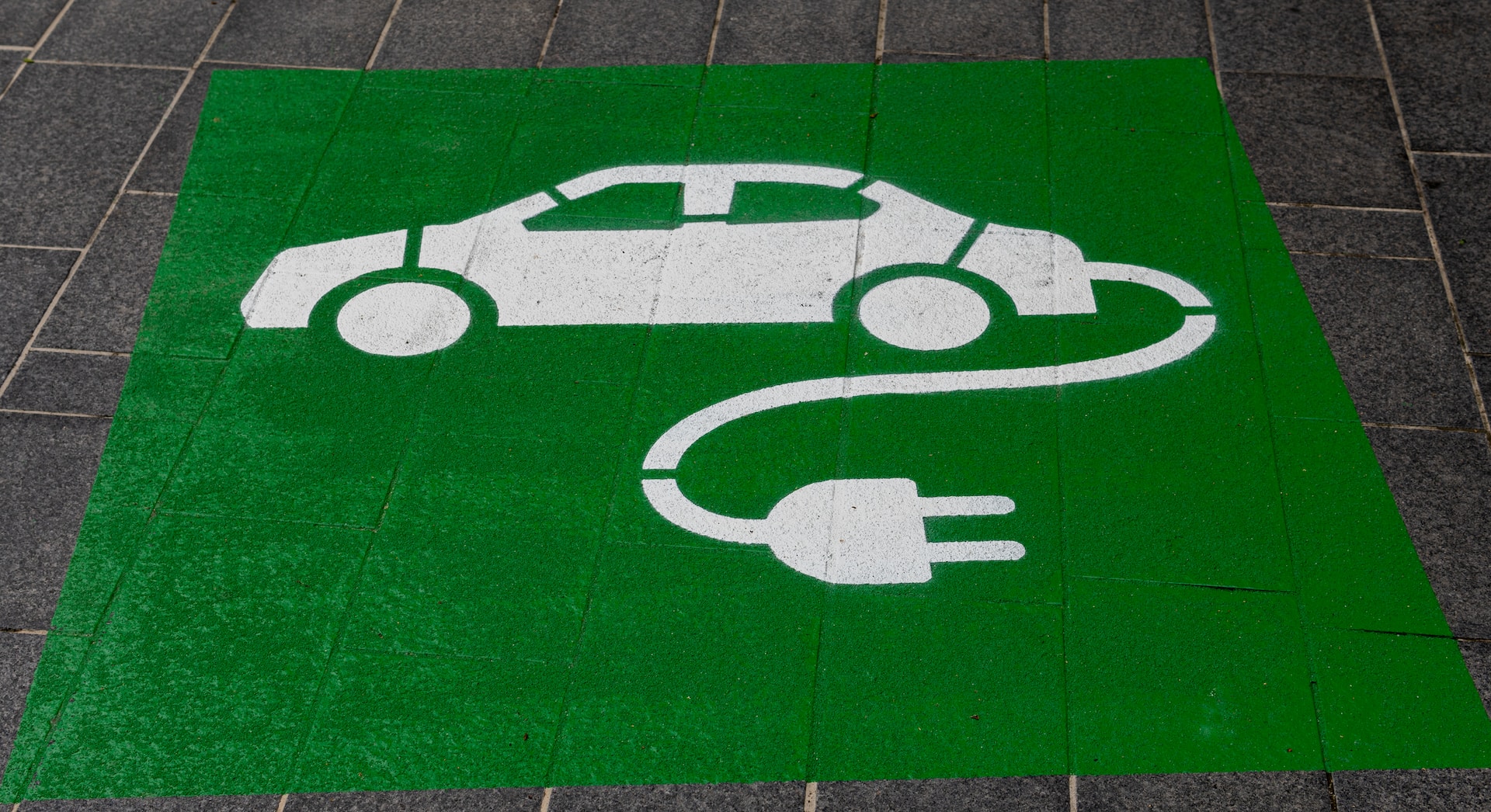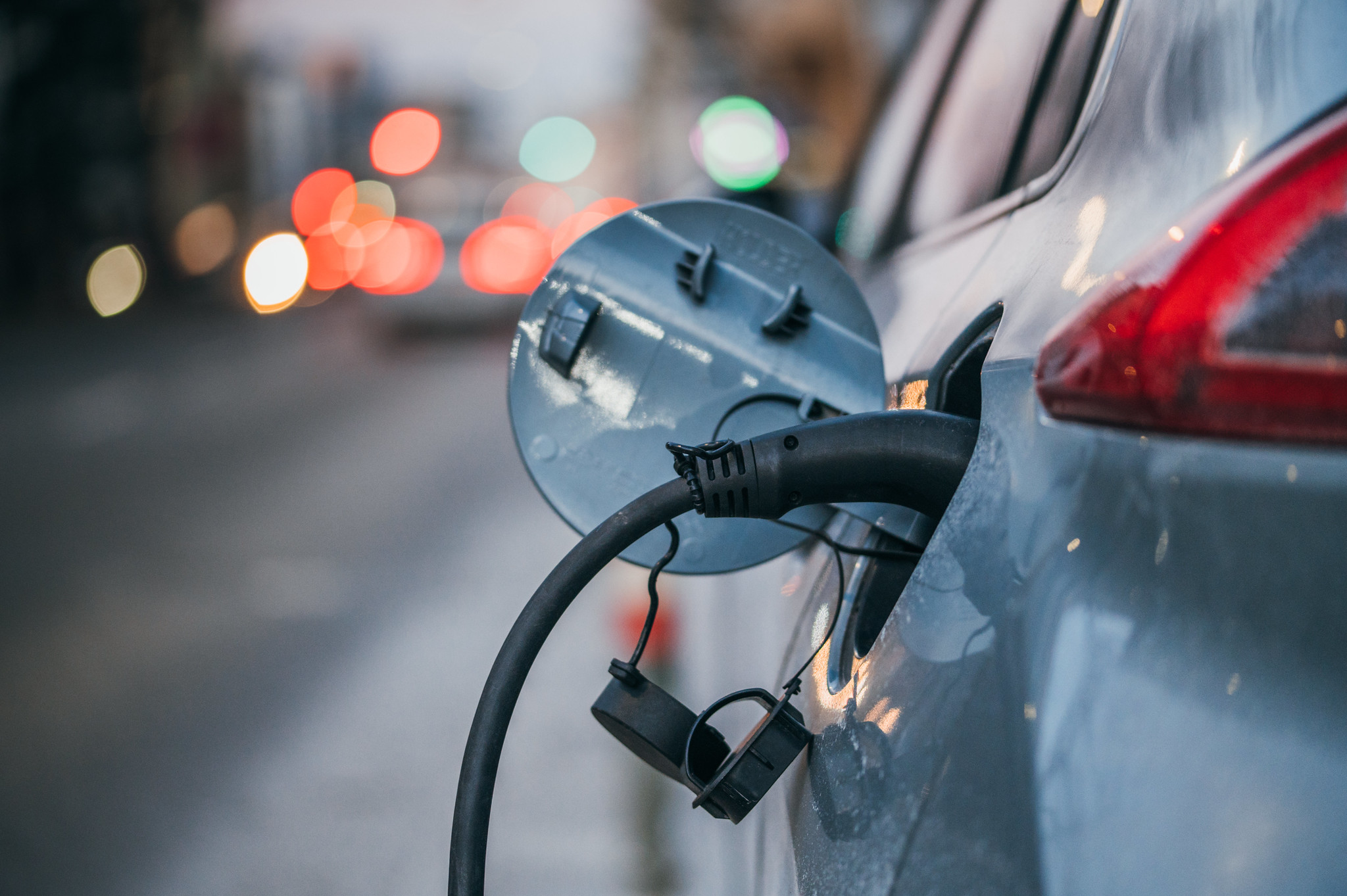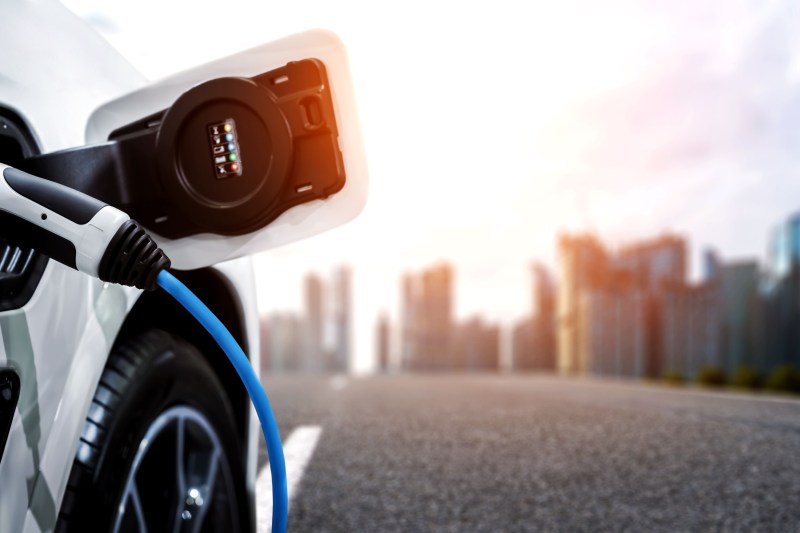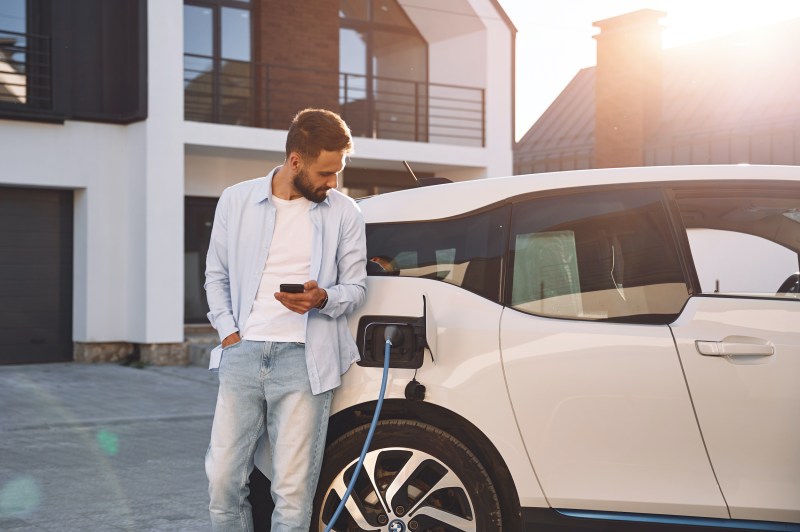
Electric vehicle batteries can be the source of a lot of anxiety — most of which centers on their storage capacity. This can include range anxiety, and when a battery’s performance degrades past a certain point, EV battery replacement costs.
There are also environmental concerns to consider. When your vehicle’s juice box does eventually kick the bucket, EV battery recycling is an option and one that is becoming more and more efficient as time goes on. But with proper EV battery care, you can fend off the lithium reaper and keep your car’s original power supply in place for years longer than it otherwise would be.
However, it is worth noting that some of these methods either require a lot of conscious effort and/or may greatly impact your experience as an EV owner. You don’t have to go to extremes and can strike a balance — but just ignoring these instructions is acceptable if you don’t think a bit of extended battery life is worth it. If you are determined to make your battery last a lot longer than it should, here are four good ways to go about it.

Keep it away from extreme temperatures
If you live in an area where the temperature never drifts toward extreme heat or cold, you may notice your EV’s battery outlasts those owned by people in harsher climates. This is because lithium-ion batteries, like the ones powering your car, should be kept within a certain temperature range. Range can drop by 5% when the mercury reaches the 90-degree mark, and it plummets further when temperatures get into triple figures. One study shows a temperature of 100 degrees can drop your electric car’s range by over 30%.
The impact isn’t just short-term; long-term exposure to heat can ruin a car’s battery just like it can ruin the lithium-ion batteries in your phone and laptop. A battery getting too cold has equally severe consequences. A lithium-ion battery contains liquid, and when liquid freezes, it expands. This expansion can destroy cells inside the battery, lessening its ability to hold a charge at best and totally ruining it at worst. Batteries have inbuilt heating and cooling functions to keep them close to ideal operating temperatures, but ideally, you should park your EV in a climate-controlled garage if you want to maximize its battery life.

Don’t let it get too full or too empty
While charging to 100% is more convenient and provides more range in the short term — it can also damage the battery as time goes on. This is bad news if you like to plug your vehicle in overnight and wake up to a full battery in the morning. As with temperature, the other extreme is also bad. Storing a battery long-term with low or zero charge is a good way to greatly reduce its lifespan.
Ideally, you’ll want to keep your EV’s charge between 20% and 80%. The odd 100% charge when you have a long drive ahead is unlikely to have much of an impact either; it’s maintaining a 100% charge for a long, cumulative period that causes problems. So it shouldn’t cause you any range anxiety in the short term — and can ensure you’ll still be able to get the most out of your battery when you need it a few years down the line.
This is one of the easier things to keep a handle on, as many EV manufacturers include a battery-saving setting that caps a charge at 80%. You should consult its manual to see if your EV has this feature. If a battery-saver mode is present, you’ll be able to enable the cap in the vehicle’s settings menu.

Avoid fast charging
Fast charging is one of the advancements that is making EVs practical. In mere minutes, you can cram hundreds of miles of range into some vehicle’s batteries. It makes long-distance trips possible, and its usefulness means an expanded fast-charging network is high on the agenda for manufacturers, campaign groups, and governments.
So what’s the catch? Well, it’s not great for your battery. As we’ve mentioned, heat causes damage to lithium-ion batteries. Fast charging creates a lot of heat in comparison to slower charging methods. So the more you fast charge, the more you’re chipping away at your battery’s health. Again, the occasional road trip won’t cause a drastic decrease in your battery’s lifespan. But if using a slower, gentler charging method is an option, it may make your battery last a lot longer.

Drive more economically, or just don’t drive at all
Battery life is usually based on cycles. A battery can only be drained and recharged so many times before it degrades. Your smartphone uses similar battery technology to an EV, and most people cycle their phone’s battery around once a day. You may have noticed that, after a couple of years, your phone is dying a lot faster than it used to. This is down to battery degradation. Your car will behave similarly, though it will likely last a lot longer as few people will hit the 250 miles per day or so you’ll need to cycle the average EV battery.
The cycles are cumulative, so you don’t have to go from 100% to 0% for it to count as one. You can go from 60% to 40% and recharge it back to 60% five times for example, that would count as one “cycle.” Using less battery power means you will have to recharge less and ultimately cycle the battery fewer times per year. While you’ll get a similar number of cycles to other drivers with the same battery configuration, your vehicle may last a lot longer in terms of time. You might get twelve years out of a battery, while others barely get eight.
Economical driving is pretty much the same if a vehicle is gas-powered or battery-powered. Avoid harsh acceleration and braking. Clear the trunk out, as extra weight will hamper fuel economy. Keep the windows and sunroof closed to reduce drag—that kind of thing. Not driving at all is also an option. If there are times you can leave the EV in the garage and walk or take the bus, you’ll have saved a bit of battery life you can use later. Just remember to charge the car to around 60% if you plan on leaving it unused for an extended period.



